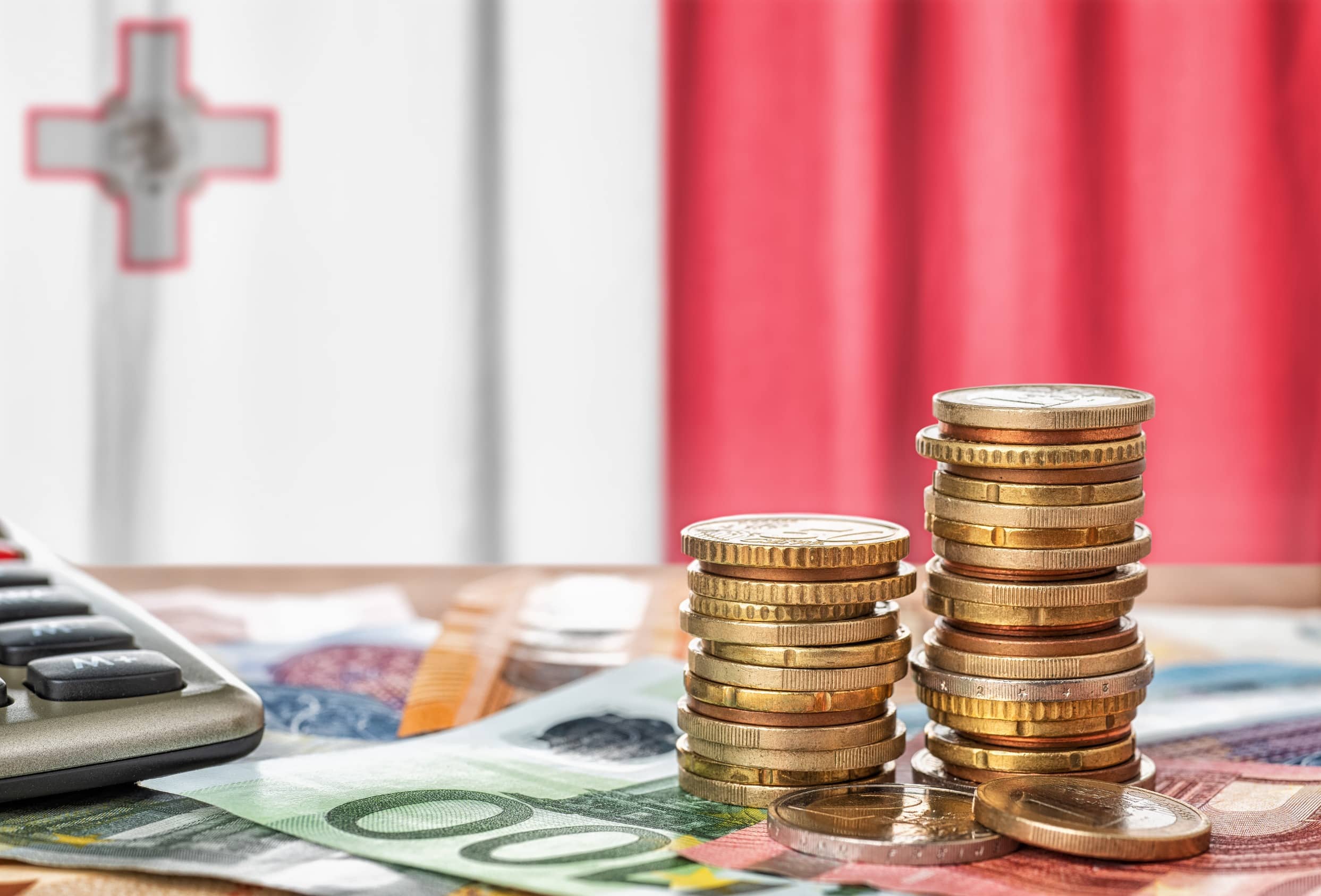Are you looking for a method to control your expenses and save some money every month? The Kakebo method can help you with that.
It is a good alternative for all those people who want to start some kind of project (such as a business, a vacation or a treat).
This is a centuries-old Japanese method and those who have tried it say that it works, that it can help you save more than 30% of your monthly salary . And the best thing of all is that you won’t have to reduce your quality of life to have good control over your expenses.
Do you want to know how to practice it? We invite you to read this article:

Contenidos
What are the keys to practicing the Kakebo method, your ultimate expense control?
1. Get a notebook and write down your expenses
We may think that we don’t need a notebook and that we can replace it with some kind of electronic device (for example, a mobile phone app). However, with a notebook you can become aware of your spending control and really save money .
You need a physical notebook to be able to write down all your daily expenses as they occur. This way you will avoid forgetting things because you left your phone at home or because it had no battery.
2. Record the income
Just as you did with your expenses, you should also record your income . Here you should not only take into account your net salary , but also any tips, commissions, gifts, sales you may have made, or benefits you may have received from elsewhere.
Only if you have a complete overview of your expenses and income will you be able to achieve good expense control.
3. Save all tickets
Receipts are proof that an expense has been made, so you should keep them. If the purchases have been made online, you should print them or use the notebook to write down the expense in question. It is best to have them printed, so you can have better control of expenses and greater awareness of what you are spending.
You need to add any type of ticket, not just those related to leisure. An expense is an expense, regardless of where it comes from.
Set aside one day a week to sit down in front of your notebook and review your expenses. Write down your weekly expenses and check that you haven’t left any out of your expense control.
4. Keep an eye on fixed costs
There are some expenses that we will have to face no matter what each month: these are known as fixed payments that we sometimes cover by applying for a personal loan . These include expenses such as water, electricity, mortgage, rent, or insurance (such as home or car insurance).
To properly classify fixed expenses, we will divide them into a total of 4 categories. Our recommendation is that you use the following:
- Survival (here we will include the fixed expenses par excellence, such as those related to paying for housing, food, public transportation or fuel, etc.).
- Culture (we can refer to attending museums, theatres, concerts, going to the cinema or buying a book), among many other activities).
- Options (within this expense control category we can add going out to restaurants, parties, and clothing purchases).
- Extras: we should also leave an extra category for those expenses that occur unexpectedly, such as repairing a home breakdown .
5. Color classification
In order for the Kakebo method to offer you a much more visual perspective on your expenses, it is advisable to select a color for each type of expense . This will allow you to easily see where you are spending the most money and in greater proportion.
It’s a very simple thing, but it will give you a lot more information to help you really save money .
In short, with the Kakebo method you will be able to have good control over your expenses and know where you are losing your money. By becoming aware of where the problem is, you will be able to draw up a plan to solve it as soon as possible.

You will see that the following month after a good control of expenses you will start saving significant amounts of money. However, the only way for this method to work is to be consistent.

